
If you’re here we’re guessing it’s because you want more review of fluid dynamics MCAT content. Well, you’ve come to the right place! Below, we’ll go over the most important concepts you’ll need to know in order to do well on this section of the test. We also encourage you to review our guide to other physics and chemistry MCAT topics included on the test.
Oh, and if you’d like a handy PDF version of this content, as well as other awesome MCAT resources, click the link below!
Viscosity
First thing’s first, let’s talk about the viscosity of fluid and what you need to know about it.
Viscosity (η):
- The resistance of a fluid
- ↓ viscosity = ↓ internal resistance to flow; ideal fluid behavior
- Assumed negligible (unless indicated otherwise); conservation of energy in low-viscosity fluids
- Viscous drag = non-conservative force when η = 0, fluid is inviscid
- SI unit: pascal-second

Laminar Flow and Turbulent Flow
Laminar Flow

- Smooth, parallel movement of fluid
- Interior layers of fluid move faster than layers closest to pipe
Poiseuille Law
- Used to find flow rate (Q)

- Assuming constant flow rate, radius (r) is inversely exponentially related to pressure gradient (△P)
Turbulent Flow

- Rough, disorderly
- Eddies — swirls of fluid forming downstream of an obstruction
- Can occur when fluid speed exceeds critical speed (Vc)

Linear Speed
- Measure of linear displacement in a given time
- flow rate, Q (volume/time) = constant in closed system
- Continuity Equation: Q = v1A1 = v2A2
- ↓ Area (A) = ↑ linear speed of fluid (v)
- Statement of conservation of mass
Fluid Dynamics MCAT Principles: Bernoulli’s Equation
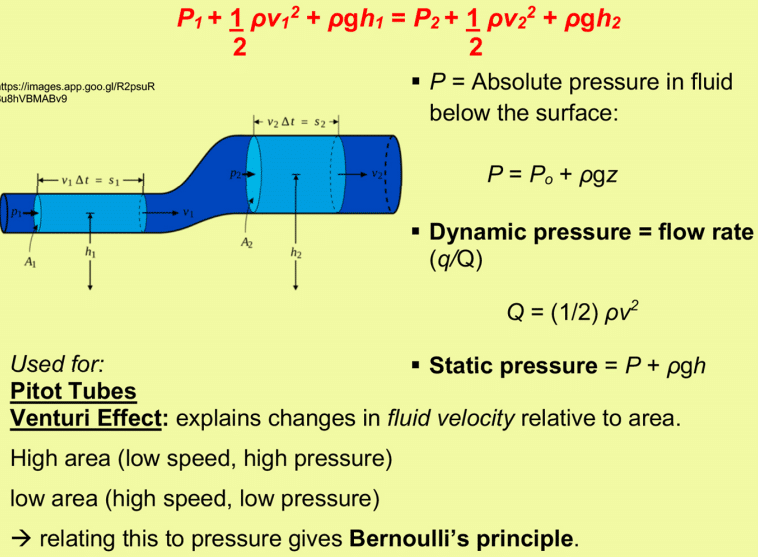
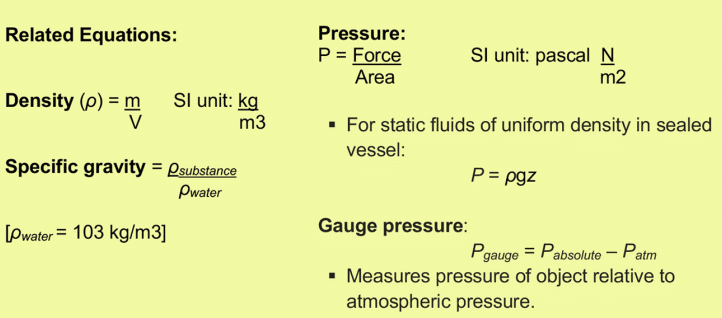
Archimedes’ Principle
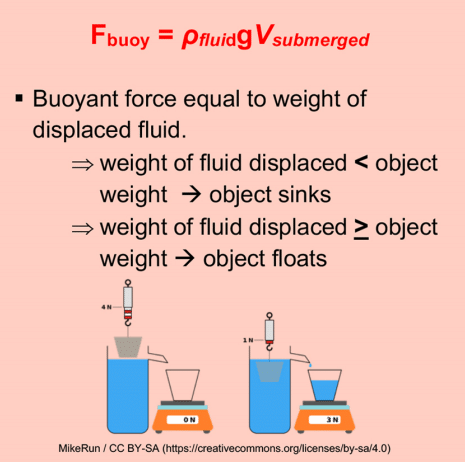
A Final Word About Fluid Dynamics MCAT Concepts
Like everything on the test, the key is less about memorizing fluid dynamics MCAT concepts, and more about understanding the relationship between ideas. For example, when it comes to Poiseuille’s Law, you don’t have to have the equation committed to memory, but you will need to to understand what it communicates about fluid flow.
For more MCAT practice, here’s more Magoosh MCAT prep, which includes 745+ practice questions, 380 lessons, email assistance, and more!
Happy studying and good luck!



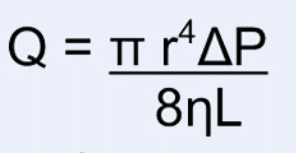
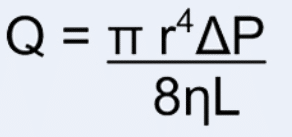





Leave a Reply